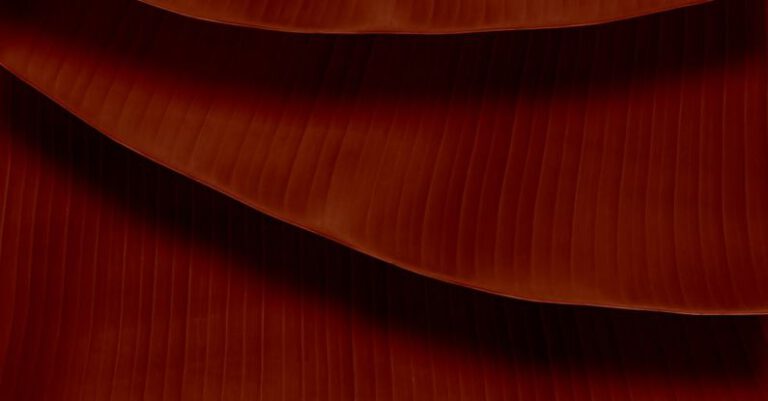What Are the Best Materials for Tape Art

Creating art with tape has gained popularity in recent years, offering a unique and versatile medium for artists to express their creativity. Tape art involves using adhesive tapes of various colors, sizes, and textures to craft intricate designs on different surfaces. The choice of materials plays a crucial role in the outcome of tape art projects, determining the durability, flexibility, and visual impact of the final piece. In this article, we will explore the best materials for tape art, highlighting their characteristics and benefits.
**Duct Tape**
Duct tape is a staple material in tape art due to its durability and versatility. Available in a wide range of colors and patterns, duct tape adheres well to different surfaces, making it ideal for creating bold and long-lasting designs. Its strong adhesive properties ensure that the tape stays in place, allowing artists to work on intricate details without worrying about it peeling off. Additionally, duct tape is easy to tear by hand, facilitating the process of cutting and shaping the tape to fit the desired design.
**Washi Tape**
Washi tape, originating from Japan, has become a popular choice for tape art enthusiasts due to its decorative patterns and delicate texture. Made from natural fibers such as bamboo or hemp, washi tape is easy to reposition and remove, making it ideal for temporary or delicate projects. Washi tape is available in a plethora of designs, ranging from floral motifs to geometric patterns, allowing artists to add a whimsical touch to their creations. Its translucent quality also enables artists to layer different tapes for a unique visual effect.
**Electrical Tape**
Electrical tape, known for its stretchy and flexible nature, is commonly used in tape art to create curves and intricate shapes. This type of tape is available in various colors, providing artists with a wide palette to work with. Electrical tape adheres well to smooth surfaces, making it suitable for creating detailed designs with clean lines. Its stretchability allows artists to manipulate the tape easily, whether they are working on 3D installations or intricate line drawings.
**Masking Tape**
Masking tape, with its low-tack adhesive, is ideal for creating crisp lines and intricate designs in tape art. This type of tape is commonly used in painting projects to achieve clean edges, but it has also found its way into the world of tape art. Masking tape is available in different widths, allowing artists to experiment with varying line thickness and shapes. Its easy removability makes it a preferred choice for temporary installations or projects that require repositioning of the tape.
**Painter’s Tape**
Painter’s tape is a versatile material that combines the features of masking tape and duct tape, making it a popular choice for tape art projects. This type of tape has medium adhesion, providing a balance between staying in place and being easily removable. Painter’s tape is available in different widths and colors, offering artists the flexibility to create intricate designs with clean edges. Its compatibility with various surfaces, including walls, canvas, and paper, makes it a go-to material for both indoor and outdoor tape art projects.
**Conclusion: Elevating Your Tape Art with the Right Materials**
Choosing the right materials is essential for elevating your tape art projects and bringing your creative visions to life. Whether you prefer the durability of duct tape, the delicate patterns of washi tape, or the versatility of painter’s tape, each material offers unique characteristics that can enhance the impact of your designs. Experimenting with different tapes and exploring their possibilities can lead to innovative and captivating tape art creations that showcase your artistic flair. So, stock up on your favorite tapes, unleash your creativity, and let your imagination run wild in the world of tape art.





